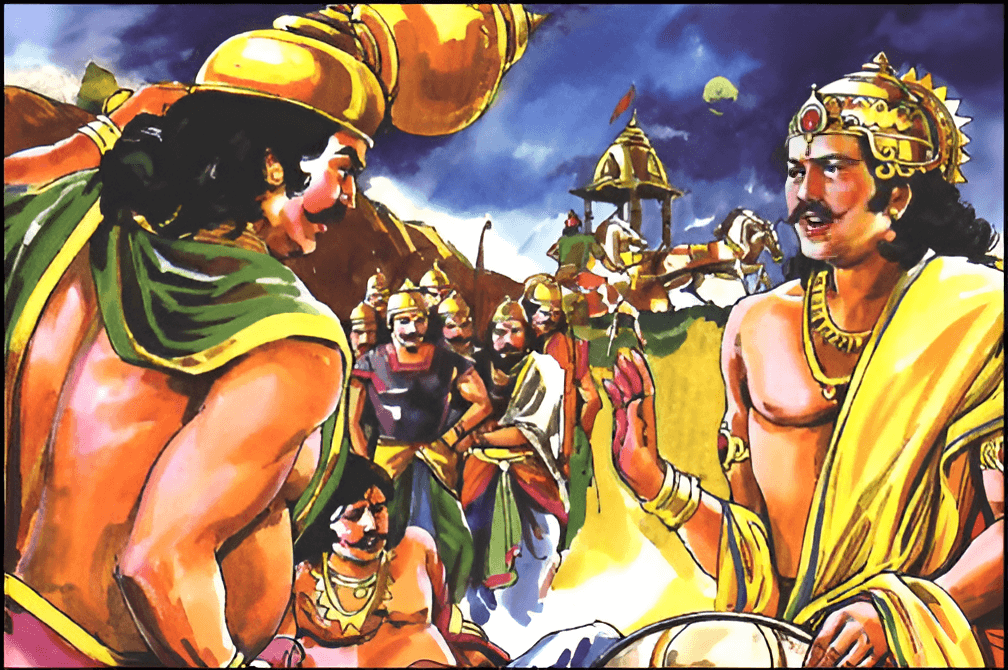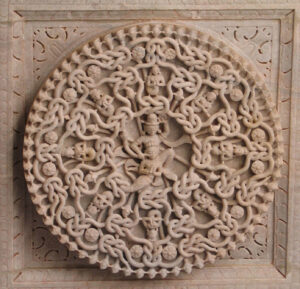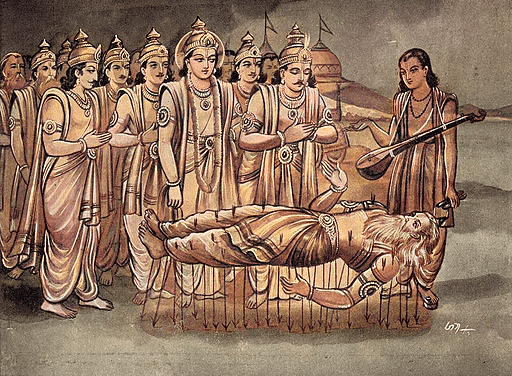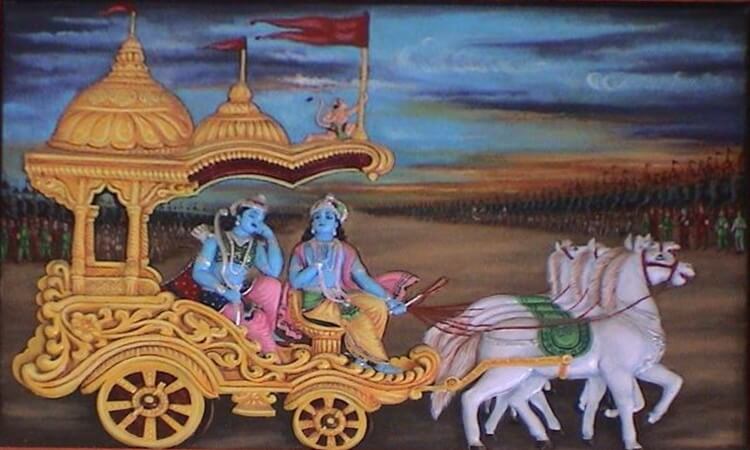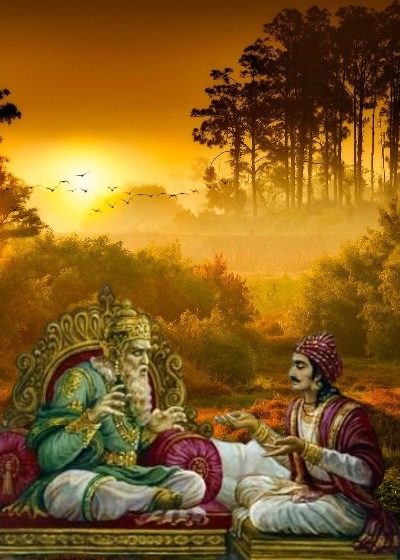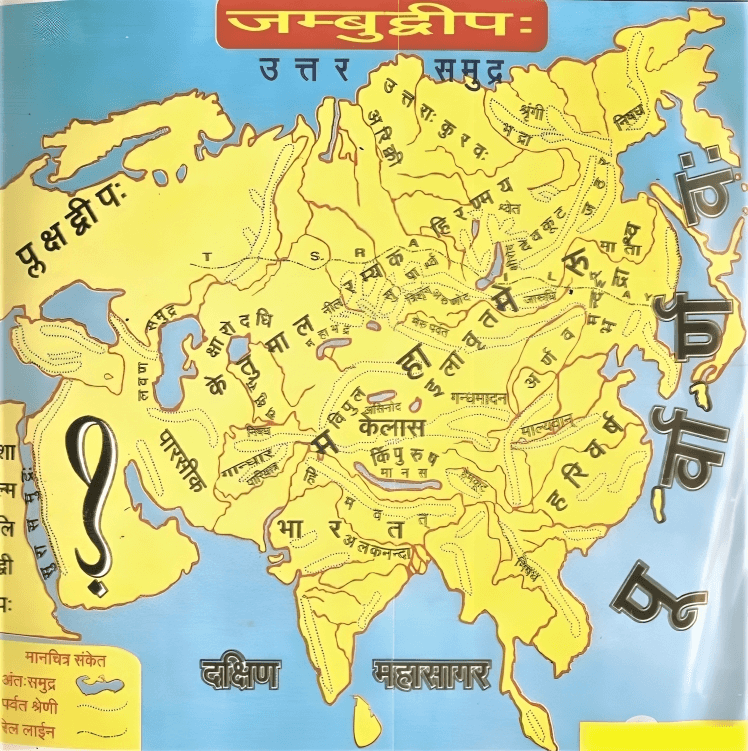Jayadrathavadha Parva is the sixty-ninth Upa parva included in the seventh Maha parva named as Drona parva. Vaishampayana continued narration to Janamejaya in reply to his queries as follows.
Who was Jayadratha?
Jayadratha was the cousin brother of Duryodhana and the husband of Dushala. He was the king of Sindhu kingdom. His father was usually referred to by the name Saindhava. In his old age, Saindhava had crowned Jayadratha and left for penance. The place called Samanta Panchaka near Kurukshetra was a sacred one and he selected it for his penance.
Saindhava was not bothered about the Mahabharata war and continued his penance there on the river bank. Except for Krishna, nobody knew about it. Krishna had utilized this secret fact to kill Jayadratha. Being an incarnation of God, he desired to bestow Moksha on Saindhava.
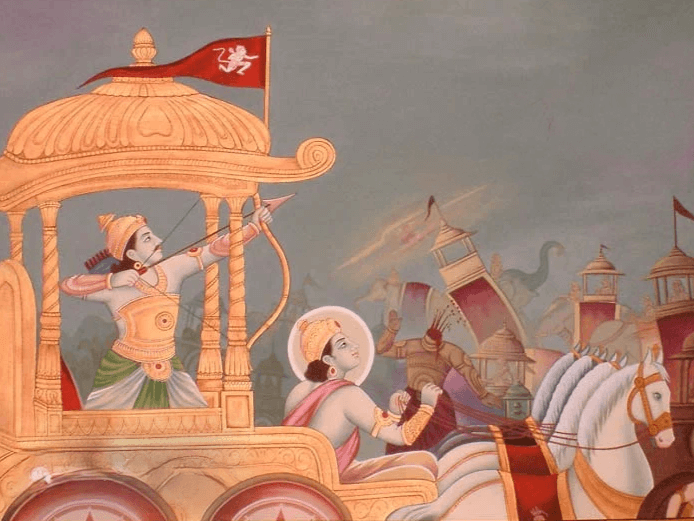
After Drona assumed as commander-in-chief for Duryodhana’s army in consultation with Duryodhana, Drona had rearranged the war protocols. Only one-third of the total strength was brought for the active war in action, and sixteen hours per day were declared at the liberty of the soldiers. The dead animals like elephants and horses, the broken chariots and poisonous arrows were cleared from the leading path of the soldiers. The wooden pieces from the broken chariots were heaped up to create fires.
Some demons, the children of very cruel Asuras like Jatasura (the past enemies of Pandavas) were recruited to Duryodhana’s army to ensure success over Pandavas. The demon Alambala was one of them. Son of Bhima, Ghatotkacha was assigned as the killing target for Alambala. But Alambala requested the help of Karna, so Karna was allowed to protect Alambala in war.
What was the difference in the war protocol of Drona as compared to Bhishma?
Defeating and capturing war prisoners was the aim of Drona. Killing was not mandatory as Bhishma had done. This was the major difference in their protocol.



